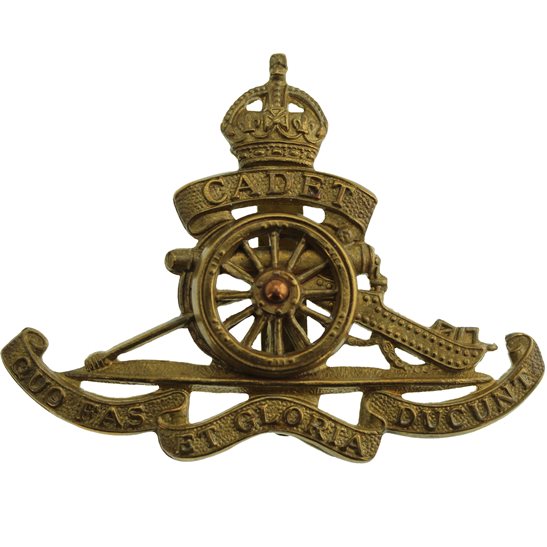Personal Details
Born: 11 October 1869 at Wattlesborough Heath, Westbury, Shropshire.
Family: He was the first of 3 children born to Henry Davies, a carpenter and joiner, and his wife Margaret, nee Powell. His siblings were Margaret and Mary. No marriage can be found for him.
Residence: In 1871 John`s family were living at Lower Wigmore, Westbury. Ten years later they were still living there. His address in Spring 1919, according to the Absent Voters List was 18 Sherrymill Hill, Whitchurch, Shropshire but by 1922 he appears to have moved to 5 Wrexham Road, Whitchurch.
Employment: His occupation on both his 1890 and 1914 Attestation records was given as a blacksmith.
Died: Not known.
Military Details
Regiment: Royal Field Artillery
Rank: Staff Sergeant (Farrier Sergeant).
Service Number: 30150
Date of Enlistment: 6 October 1914
Date of Discharge: 2 January 1919
Reason for Discharge: Demobilisation
Other Information: John had served in the Royal Garrison Artillery from 7 August 1890 until he was discharged 9 December 1910.
John was awarded the Campaign Medals (British War Medal, and Victory Medal).

The British War Medal (also known as 'Squeak') was a silver or bronze medal awarded to officers and men of the British and Imperial Forces who either entered a theatre of war or entered service overseas between 5th August 1914 and 11th November 1918 inclusive. This was later extended to services in Russia, Siberia and some other areas in 1919 and 1920. Approximately 6.5 million British War Medals were issued. Approximately 6.4 million of these were the silver versions of this medal. Around 110,000 of a bronze version were issued mainly to Chinese, Maltese and Indian Labour Corps. The front (obv or obverse) of the medal depicts the head of George V. The recipient's service number, rank, name and unit was impressed on the rim.
The Allied Victory Medal (also known as 'Wilfred') was issued by each of the allies. It was decided that each of the allies should each issue their own bronze victory medal with a similar design, similar equivalent wording and identical ribbon. The British medal was designed by W. McMillan. The front depicts a winged classical figure representing victory. Approximately 5.7 million victory medals were issued. Interestingly, eligibility for this medal was more restrictive and not everyone who received the British War Medal ('Squeak') also received the Victory Medal ('Wilfred'). However, in general, all recipients of 'Wilfred' also received 'Squeak' and all recipients of The 1914 Star or The 1914/1915 Star (also known as 'Pip') also received both 'Squeak' and 'Wilfred'. The recipient's service number, rank, name and unit was impressed on the rim.

